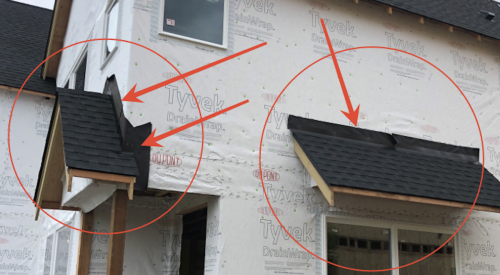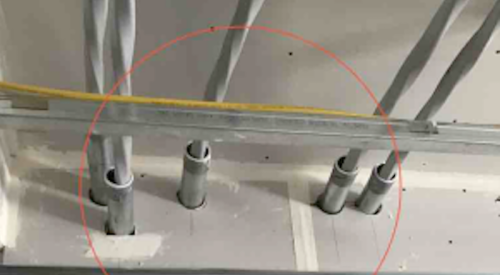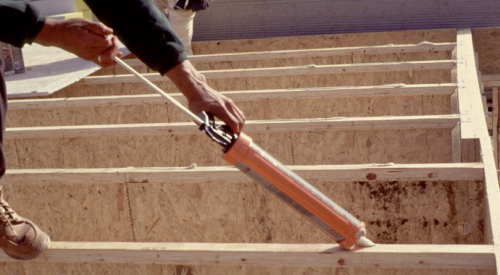Construction projects are complex in nature and prone to cost and schedule overruns. A significant factor that often contributes to such overruns is rework.
Rework is defined as the ‘unnecessary effort of redoing a process or activity that was incorrectly implemented the first time.’
Design changes, errors and omissions account for 79% of the total rework costs in a project.
Of this percentage, omissions errors alone account for 38%.
Omissions errors are failures to follow due procedure when undertaking a task.
Omission errors tend to become apparent toward the end of a project necessitating costly rework. This of course results in overtime, additional hiring or labor or plant, schedule slippage and reductions in project scope of quality. This results in reduced profit, loss of market share and reputation, increased turnover of workforce, lower productivity, higher costs and all too frequently, costly litigation between participants regarding overruns and delays.
Omissions are caused by the following failure types:
Mistakes: The result of ignorance of the correct task or the correct way to perform it. These are either rule based or knowledge based. Rule based means that someone may misapply a rule, or a rule that should be changed has not. Knowledge based mistakes occur when the person encounters a situation where they are uncertain of what to do.
Violations: An individual decides not to carry out a task or not to carry it out the way instructed or expected. These are motivational problems due to low morale, poor supervision or a perceived lack of concern.
Slips and lapses: The result of forgetfulness or habit. These often occur during the execution of a task and are associated with distraction or a preoccupation with something else.
Here's a breakdown of failure types in omissions:
- Violations 60%
- Slips 16%
- Lapses 15%
- Mistakes 8%
To reduce omission errors two approaches can be taken, a focus on people and on systems. In regard to people, the aim is not about assigning blame but having an organizational culture of learning and of being open, honest about errors being made and learning from them.
As for systems, post-project reviews to aid learning and testing of new knowledge, and the use and adhering to procedures and protocols such as checklists and inspection processes is critical. Also the analysis of errors using quality tools such as pareto analysis (80/20 rule) and fault tree analysis are key to avoiding the same errors from happening time after time.
Reference
Love, P, Edwards, D. J, Irani, Z & Walker, D.H.T. (2009) Project Pathogens: The anatomy of omission errors in construction and resource engineering projects, IEEE Transactions on Engineering Management, Vol. 56, No 3, pp. 425-435
PB Topical Ref













